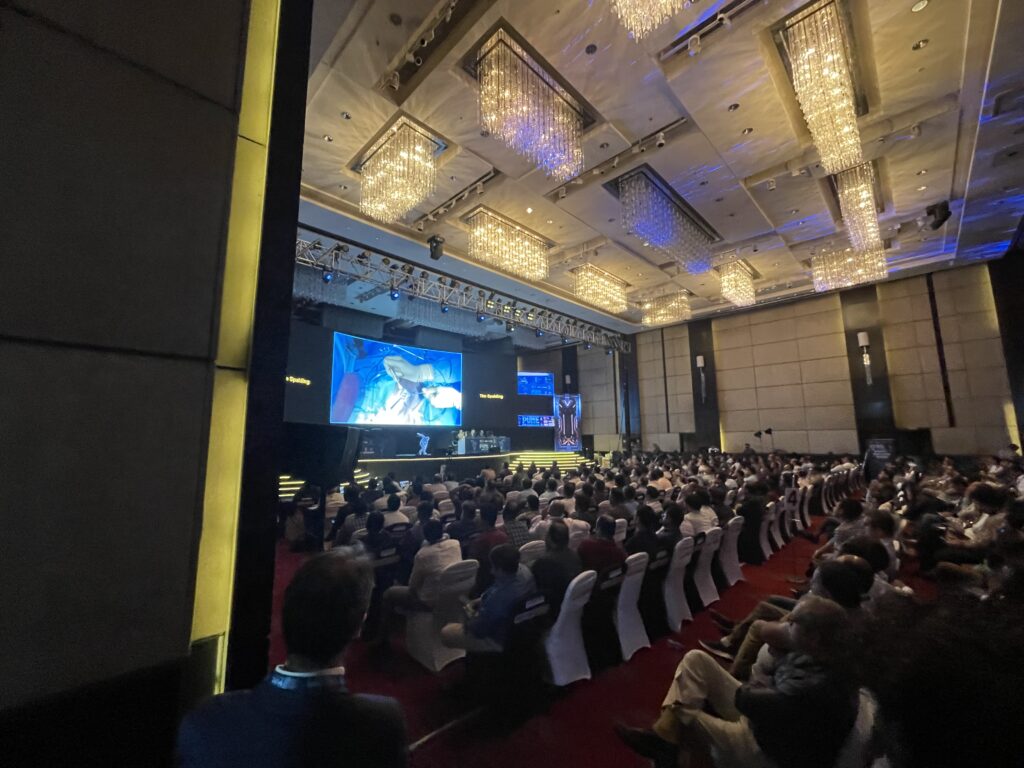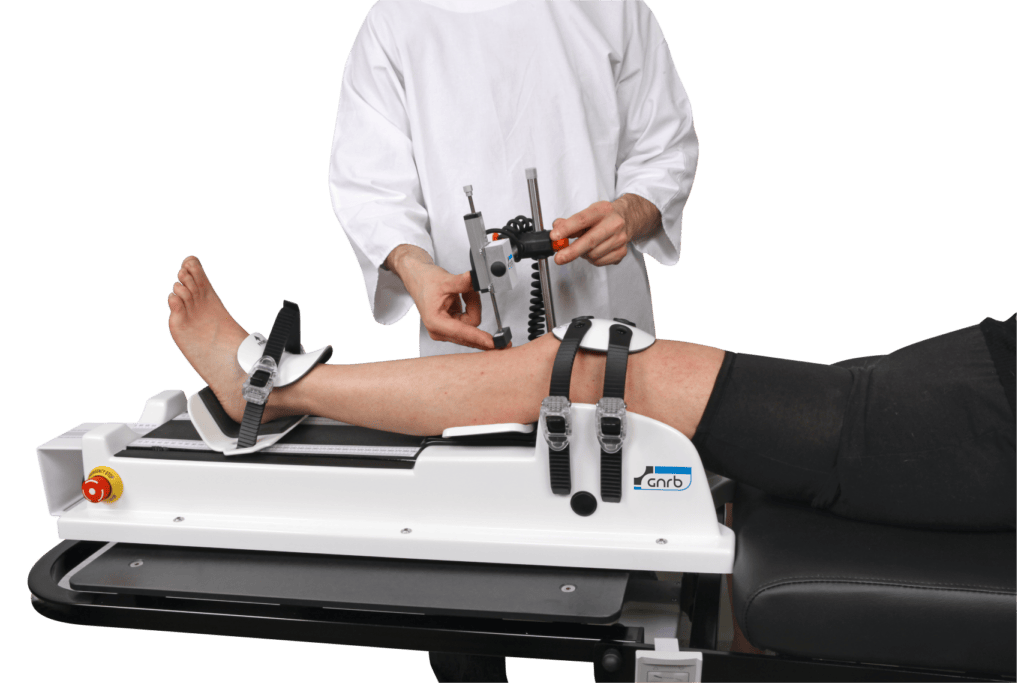India Embraces Robotic Laximetry: Genourob at the Pune Knee Course 2025
Global Innovation Meets Indian Expertise: Genourob Presents Dyneelax at the Pune Knee Course 2025 PKC 2025 From April 24th to 26th, 2025, the Genourob team had the privilege of attending the Pune Knee Course (PKC)—a landmark event in orthopaedic education and one of the most significant gatherings for knee surgeons in India. With over 1,500 […]
India Embraces Robotic Laximetry: Genourob at the Pune Knee Course 2025 Read More »









